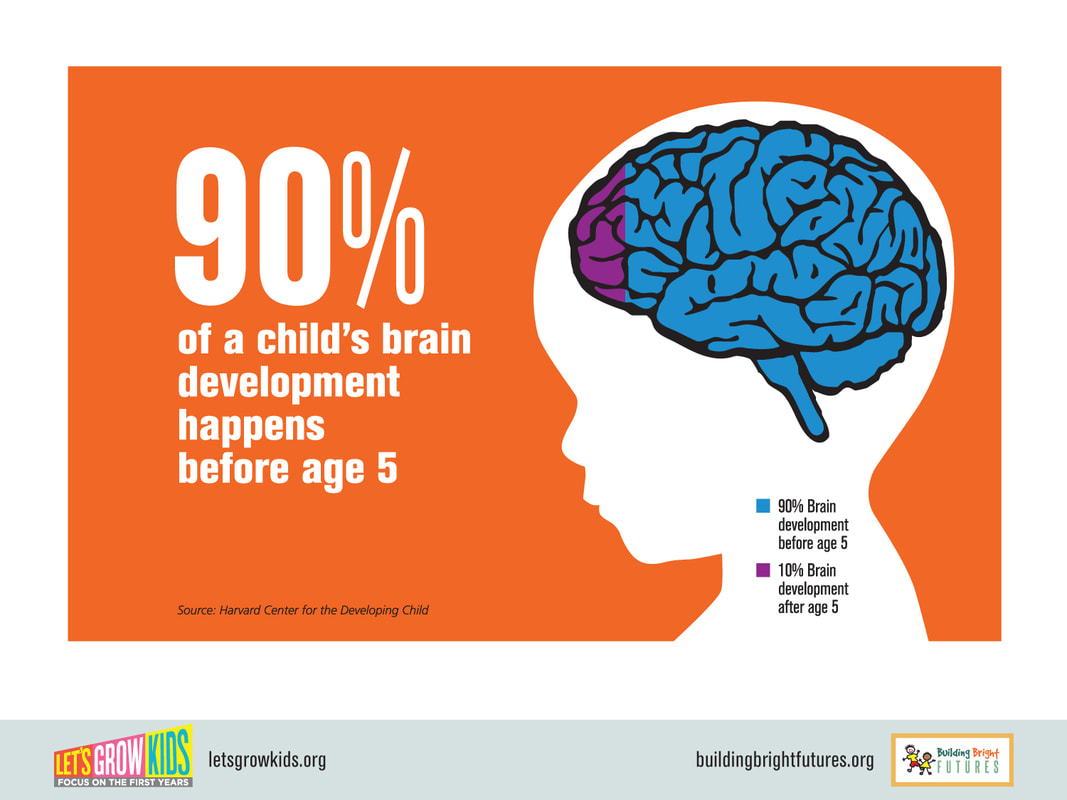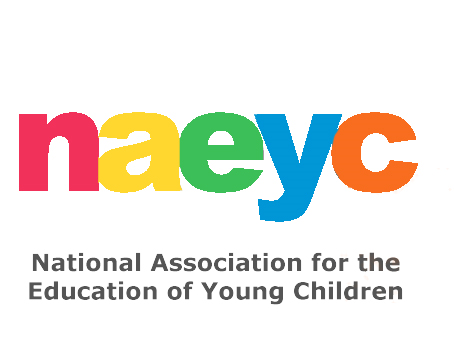There are many trends that influence early childhood education today. Below are a few of the main ideas that are currently on the minds of all early childhood educators.
Brain ResearchThe most important organ in the body for growth and development, the brain has been researched to provide a basis for educators to make decisions about what early childhood programs should provide for young children. (Morrison, 45) Click on link below for a short video from Harvard University about the science of early childhood education and brain development.
|
Inclusive ClassroomsState and federal laws are continuing to change to include students of all abilities in all classrooms. For over 25 years, the idea of inclusion (placing students with special needs in classrooms "typical" developing peers) has been being put in place all over the country. The following article explains the history, hardships and benefits of inclusion for those students in need.
The Council for Exceptional Children (CEC) is the national council that works to advocate for students with special needs. Please click below to learn for about this organization and what they do to support inclusion.
|
Developmentally Appropriate PracticeEverything early educators do should be based upon what is developmentally appropriate for the age of children that we are teaching. That being said, the National Association for the Education of Young Children (NAEYC) has developed excellent resources for both parents and educators about what exactly it means to use these practices. Below is the link for the NAEYC website and their resources.
| ||||||





